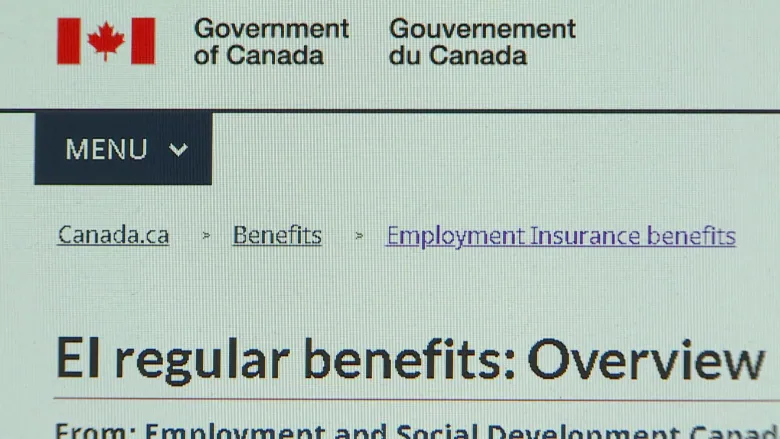In response to the new legislation that extends Employment Insurance (EI) sickness benefits from 15 to 26 weeks, Workplace Medical Corps. recommends that organizations revaluate their plan design and prepare to manage longer periods of employee absence.
Organizations should also develop strategies to manage the EI period effectively, such as staying in touch with employees while they are on sick leave, providing them with resources and support to help them recover, and facilitating a smooth transition back to work once they are ready to return.
Finally, with the possibility that the government’s improved sick benefits may reduce the need for employer-provided plans, organizations may want to review their own plans with Service Canada and their LTD insurers, if applicable, to determine if any changes or adjustments are necessary.
Organizations may also want to consider providing additional benefits to complement the EI sickness benefits, such as disability insurance or wellness programs, to support their employees’ overall health and well-being.
If you want to offer top up on EI sickness benefits, you will need to register with Service Canada under the Supplementary Unemployment Benefit Plan (SUBP) so that the top up is not considered insurable earnings for the employee.
Note that the top-up cannot exceed 95% of the employee’s normal weekly earnings so if EI pays 55% then ER cannot top up more than 40%.
Using EI benefit coverage and topping up instead of funding the full STD can represent a significant savings.
If you are considering using EI top up instead of STD benefits, there are some things you should consider:
- Inconvenience. Employers do not want to be on EI have to go thru the hassle. This was a problem when it was only 15 weeks.
- Perception. Employees/Employers surmising employees should remain off work for the full time period initially outlined with no consideration for a return to work to modified duties or hours being discussed with the treating physician or employee.
- Logistics. The employee can be put in a difficult position if the absence is approved by EI but does not get approved by the employer (through their adjudicator).
- Return to Work. EI does not use the same vigor to get employees back to work.
